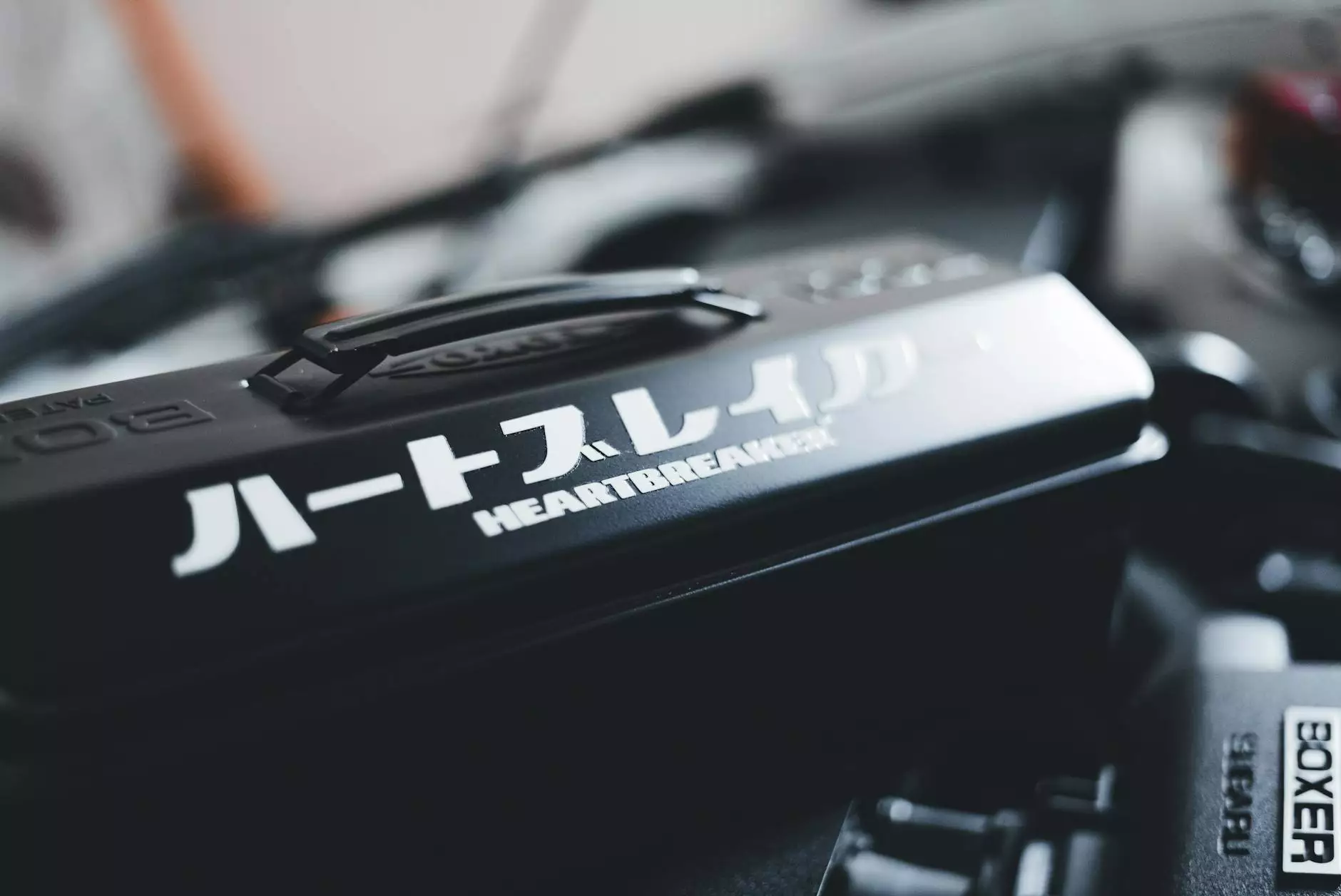Understanding Brain Surgery Instruments: The Key to Successful Neurosurgery

In the advanced field of neurosurgery, precision and reliability are paramount. The intricacies of the human brain require specialized tools designed specifically for the delicate tasks at hand. This article will delve deep into the world of brain surgery instruments, elucidating their importance, types, and the role they play in ensuring successful surgical procedures.
The Importance of Brain Surgery Instruments
The incorporation of specialized instruments in brain surgery is critical for minimizing trauma, enhancing visibility, and ensuring accuracy. These instruments are meticulously engineered to meet the rigorous demands of neurosurgical operations, allowing surgeons to perform complex procedures while maintaining a high standard of patient safety.
Types of Brain Surgery Instruments
There is a diverse array of instruments utilized in brain surgery, each designed for specific functions. Understanding their roles can provide insight into how these tools facilitate surgical procedures.
1. Scalpels and Disposables
Scalpels are fundamental to any surgical procedure, including brain surgery. These sharp blades are precisely designed to make incisions with minimal damage to surrounding tissues.
2. Cranial Saws
Cranial saws are utilized to access the brain by cutting through the skull. These saws are engineered for precision, ensuring that the integrity of the surrounding areas remains intact.
3. Scissors
Neurosurgical scissors come in various shapes and sizes, tailored to different tasks such as dissection or delicate tissue handling. They allow for greater control during intricate procedures.
4. Forceps
Forceps are essential for grasping delicate tissues or suturing. Specific designs, like alligator forceps or neurological forceps, cater to the demands of brain surgery.
5. Suction Devices
Maintaining a clear surgical field is vital. Suction devices help remove blood and fluids, ensuring that surgeons have a clear view of the operating area.
6. Electrocautery Instruments
Electrocautery instruments are used to cut and coagulate tissues with minimal bleeding. This tool is indispensable for reducing operative time and improving surgical outcomes.
7. Retractors
Neurosurgical retractors are critical for holding back tissues and providing access to the surgical site. Their design allows for minimal pressure on surrounding areas, which is crucial in brain surgery.
8. Endoscopes
Endoscopic instruments facilitate minimally invasive procedures, allowing surgeons to navigate complex pathways within the brain without the need for large incisions.
The Evolution of Brain Surgery Instruments
The landscape of brain surgery instruments has evolved dramatically over the years. Innovations in materials, design, and technology have transformed how neurosurgeons operate. The following points highlight this evolution:
- Material Advances: Modern instruments are made from biocompatible materials that reduce the risk of infection and provide durability.
- Enhanced Precision: With the introduction of robotic-assisted surgery, the precision of brain surgery instruments has exponentially increased.
- 3D Printing: Custom surgical instruments can now be produced using 3D printing technology, tailored to individual patients' anatomical needs.
How Brain Surgery Instruments Contribute to Patient Outcomes
Utilizing high-quality brain surgery instruments can significantly impact patient outcomes. Here are some critical factors:
- Reduced Complications: Quality instruments facilitate better access to the surgical site, leading to fewer complications during and after surgery.
- Faster Recovery: Minimally invasive techniques enabled by specialized instruments can shorten recovery times for patients.
- Improved Surgical Precision: The use of advanced instruments allows for extraordinary surgical finesse, accommodating intricate procedures.
Maintaining Brain Surgery Instruments
Proper care and maintenance of brain surgery instruments are essential for ensuring their longevity and functionality. Here are some best practices:
- Sterilization: All instruments should be thoroughly sterilized using appropriate methods to prevent infections.
- Inspection: Regular inspections for wear and tear can prevent instrument-related complications.
- Proper Storage: Instruments should be stored in a manner that prevents damage, ideally in dedicated cases or trays.
Conclusion: The Future of Brain Surgery Instruments
The future of brain surgery instruments is promising, with ongoing advancements in technology and surgical techniques. As the field of neurosurgery continues to grow, so too will the precision, efficacy, and safety of the instruments at its core. Investing in high-quality tools not only aids surgeons but ultimately enhances patient care and outcomes, reflecting the intrinsic commitment of the medical community to save and improve lives.
For healthcare professionals seeking the finest in medical supplies related to neurosurgery, consider visiting new-medinstruments.com. Here, you'll find a comprehensive selection of durable, high-quality brain surgery instruments designed to meet the needs of modern neurosurgeons and improve patient outcomes.









